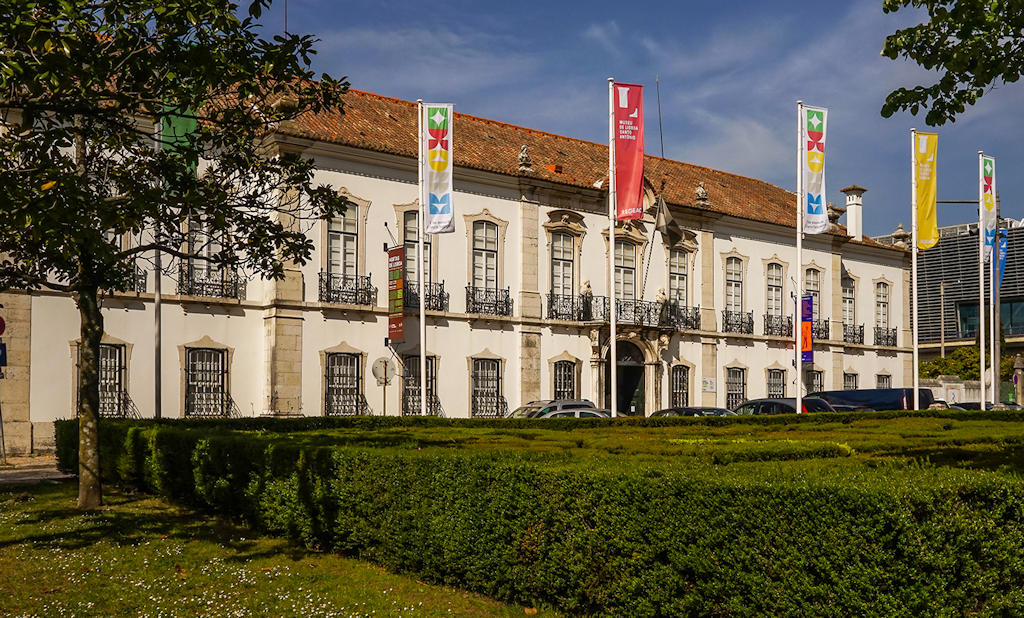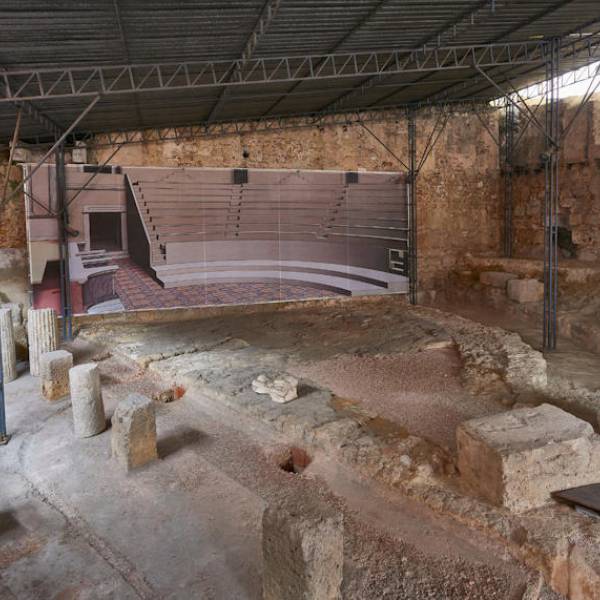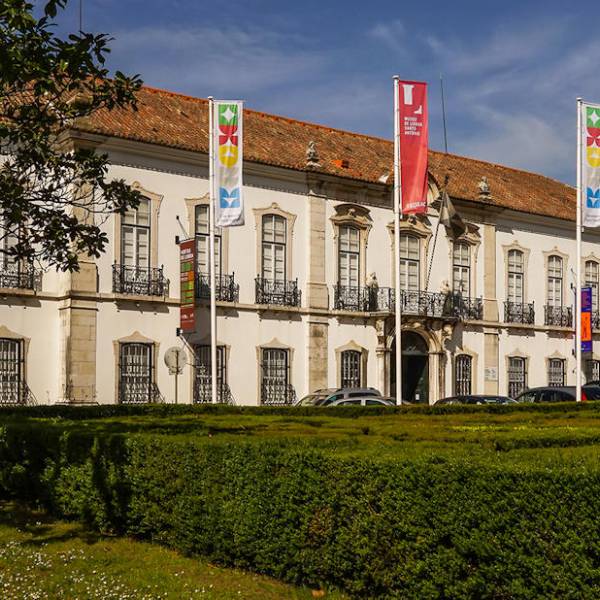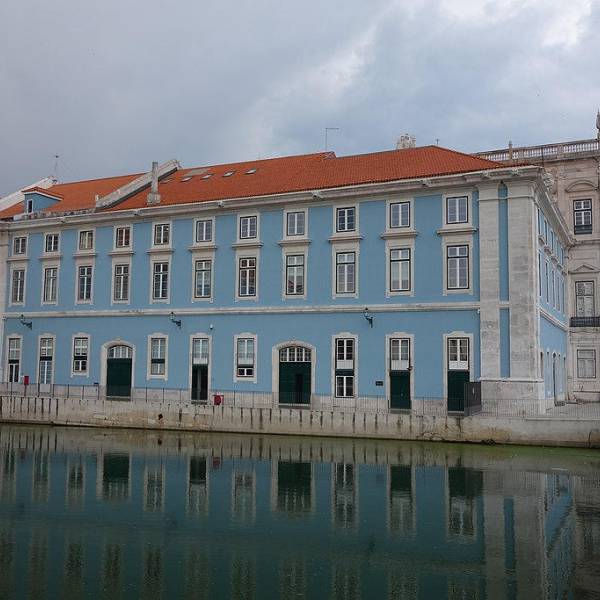One of the notable features of the museum is the dedicated nucleus to Santo António, one of Lisbon's most revered saints. This section provides visitors with a deeper understanding of the life and legacy of Santo António, as well as the cultural significance he holds in the city's identity.
Another remarkable nucleus is the Teatro Romano, which showcases the remains of an ancient Roman theater. This archaeological site offers a glimpse into Lisbon's Roman past, with informative displays and artifacts that highlight the architectural prowess and cultural practices of the time.
The archaeological nucleus of Casa dos Bicos provides valuable insights into Lisbon's Moorish and medieval history. The exhibits include artifacts and discoveries from archaeological excavations, shedding light on the daily life, customs, and cultural influences of the past.
The Torreão Poente nucleus, situated in Praça do Comércio, presents temporary exhibitions that delve into specific aspects of Lisbon's history, allowing visitors to explore different dimensions of the city's cultural heritage.
Additionally, the Museum of Lisbon is expanding its footprint with the creation of a new space in the Fábrica de Moagem, located within the creative hub of Beato. This new museum space will focus on studying and celebrating Lisbon's industrial heritage, aiming to highlight the importance of preserving and appreciating the city's industrial past.
The Palácio Pimenta itself is a remarkable architectural gem, classified as a Public Interest Property. Built between 1734 and 1746 as a summer palace, it showcases the elegance and grandeur of the 18th-century style. The rectangular layout of the palace is enhanced by additional dependencies, such as storage rooms, stables, and carriage houses, which create a more complex U-shaped structure. The interior houses a chapel adorned with 18th-century paintings, including a Deposition of the Cross altar piece and a depiction of Saint Anthony adoring the Virgin on the ceiling.
The museum's gardens are equally enchanting, boasting lush greenery and elements that reflect the late 18th-century period. One of the standout features is the picturesque "jogo da bola" (ball game) area, marked by a small obelisk, reminiscent of the architectural style prevalent in late 18th-century Lisbon.
The collection showcased at the Museum of Lisbon presents a comprehensive narrative of the city's history. Visitors can explore the city's transformation through time, from its prehistoric origins to the Roman era, the Visigothic period, and the Moorish influence, all the way to the present day. The collection includes an array of artifacts, including azulejos (traditional Portuguese tiles), drawings, paintings, models, and historical documents.
Among the notable pieces in the collection are paintings depicting Lisbon before the devastating earthquake of 1755, such as the 17th-century oil painting by Dirk Stoop, portraying Terreiro do Paço. The earthquake itself is represented through paintings depicting the city in ruins and plans for its reconstruction. Visitors can also marvel at a colorful poster celebrating the 1910 Revolution and the proclamation of the Portuguese Republic, as well as a detailed model of the city in the 1950s, providing a snapshot of Lisbon's urban landscape.
Lisbon.vip Recommends
One of the remarkable rooms is dedicated to the Aqueduto das Águas Livres, Lisbon's iconic aqueduct. Detailed architectural plans, engravings, and watercolor paintings present the construction and completion of this engineering marvel, which played a crucial role in providing water to the city.
The history of the Museum of Lisbon dates back to 1909 when the first republican city council proposed the creation of a municipal museum that would document Lisbon's history. However, due to the lack of a suitable location, the museum faced uncertainties in its early years. As a temporary solution, the collection was deposited in the Archeological Museum of Carmo, where the first section of the Museum Olisiponense was opened in 1922.
In 1930, the Lisbon City Council acquired the Palácio da Mitra, and plans were made to establish the museum within its premises. After extensive renovations, the Museum of the City of Lisbon was inaugurated in 1942, following a museological program designed by Mário Tavares Chicó. However, it became evident that the space was limited, and the collection continued to grow.
In 1962, the acquisition of Palácio Pimenta provided new possibilities for the museum, and in the early 1970s, it was decided to transfer the museum to this new location. A new museological program, developed by Irisalva Moita, proposed a chronological and evolutionary narrative of the city, aligned with the expanded collection. The museum gradually opened its doors to the public between 1979 and 1984.
Over the years, the Museum of Lisbon has incorporated other municipal museum units, such as the former Museu Antoniano, created in 1962, and the former Museu do Teatro Romano de Lisboa, inaugurated in 2001. The Casa dos Bicos, which previously hosted a section of the 17th European Exhibition of Art, Science, and Culture in 1983, also became part of the Museum of Lisbon, along with the Torreão Poente in Praça do Comércio, which hosts temporary exhibitions related to Lisbon's history and present.
The mission of the Museum of Lisbon is to unveil the cultural, social, economic, political, anthropological, and territorial identity of Lisbon. It aims to spark curiosity about the physical space and historical development of Lisbon, as well as its connection with the river as a link between the city's shores and the gateway to the world. By interpreting the city's history through tangible evidence, the museum reveals its multicultural heritage, both past and present, contributing to the possibilities of its future.
In conclusion, the Museum of Lisbon stands as a significant cultural institution, preserving and showcasing the captivating history and heritage of Lisbon. Through its diverse collections, engaging exhibitions, and architectural wonders, the museum offers visitors a captivating journey through time, providing a deeper understanding of the city's evolution, cultural richness, and enduring spirit. Whether you are a history enthusiast, art lover, or simply curious about Lisbon's past, a visit to the Museum of Lisbon is a must for anyone seeking to explore the vibrant tapestry of this extraordinary city.
Map View






